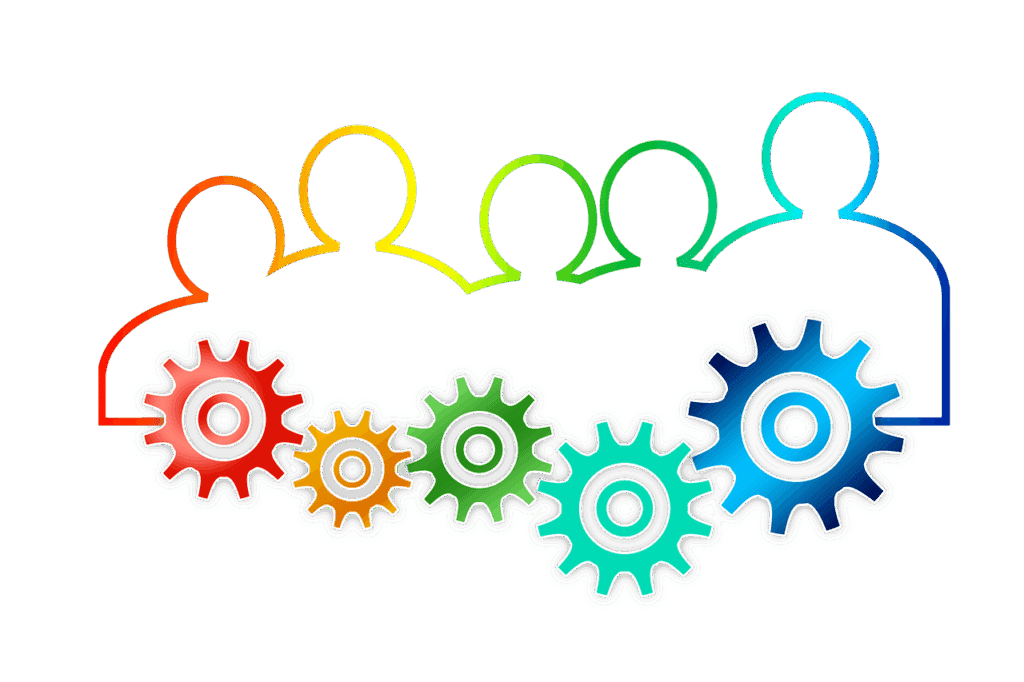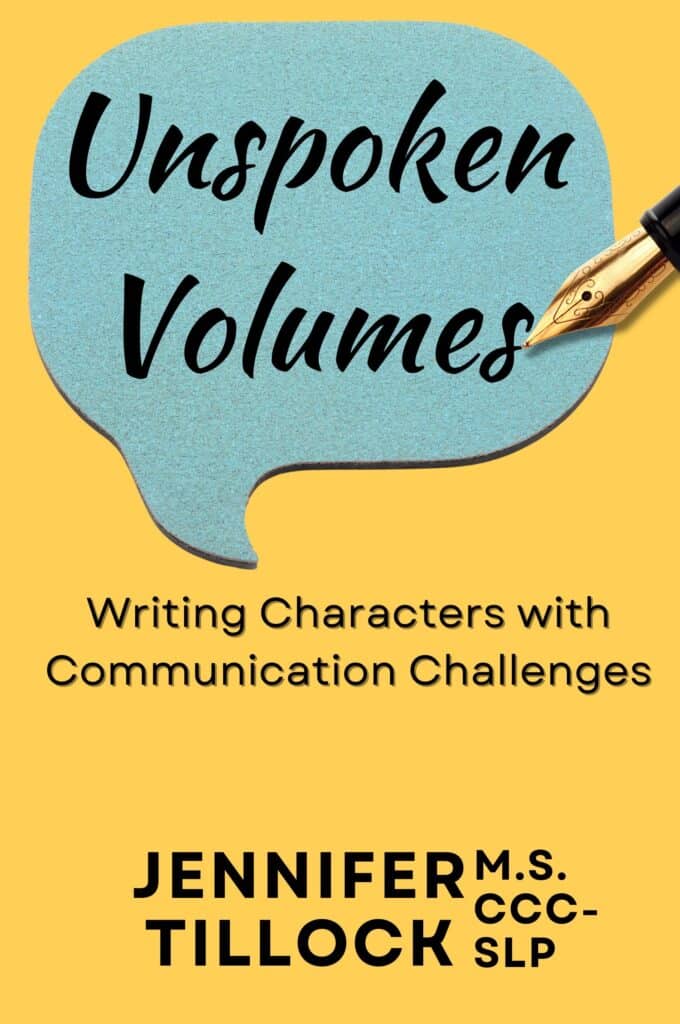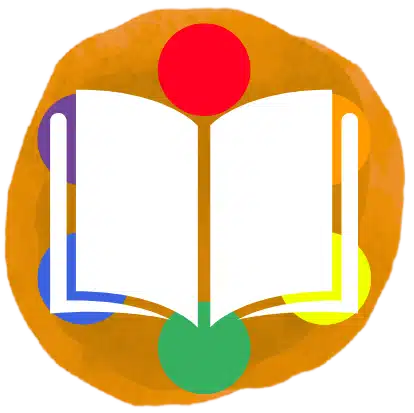Empowering Authors to Write Inclusive Characters
This May, National Speech-Language-Hearing Month (formerly Better Speech-Language and Hearing Month), offers a chance to celebrate the incredible work of SLPs (Speech-Language Pathologists) and the impact we have on individuals with communication disorders and differences. This year, however, I want to focus on something different: the power of representation in literature. I strongly believe it’s important to highlight inclusive characters that reflect the realities of those with communication disorders.
The Need for Diverse Characters:
As an SLP with over 24 years of experience, I’ve witnessed firsthand the transformative power of seeing yourself reflected in the world around you. Unfortunately, for children and adults with communication disorders, this representation is often lacking. Many books portray characters with communication challenges as one-dimensional figures defined solely by their stutter or inability to speak. These negative portrayals can leave individuals with disorders or differences feeling poorly about themselves and their struggles.
This National Speech-Language-Hearing Month, I felt compelled to contribute to a more inclusive narrative. That’s why I poured my experience and passion into writing a book that empowers authors to create characters with communication disorders who are genuine, relatable, and multifaceted.
Sparking Inclusive Storytelling:

The inspiration for “Unspoken Volumes” came from countless interactions with my clients. Over the years, I’ve been inspired by the brilliance, humor, and resilience of people grappling with various communication challenges. However, they aren’t simply defined by their communication disorders – they are artists, athletes, dreamers, and everything in between. These human beings deserve to see reflections of their complexities in the stories they cherish.
A Shocking Lack of Representation:
Consider these staggering statistics:
- 1 in 10: Number of children who are impacted by a communication disorder at some point during childhood.1
- 2 million: Adults in the U.S. who currently are affected by aphasia alone.2
- 1%: Percentage of Americans who stutter.3
Despite these numbers, why are we not seeing a more statistically accurate representation in literature?
Tellingly, my personal reading experience reveals characters who are misrepresented or stereotypical, sometimes living in isolation due to a lack of exploration of treatment or alternative communication options. It’s a sadly common trope – the tragic silent protagonist, not limited to The Little Mermaid!
Beyond the Book: A Collaboration for Authenticity

Undoubtedly, my hope is that this book fosters a collaborative effort between SLPs and literary creators. By working together, we can ensure that characters with communication disorders are portrayed accurately and respectfully. The book delves into the vast spectrum of communication disorders, offering practical strategies for authors to portray those who struggle with communication difficulties or differences with empathy and hope.
This collaboration allows children and adults to not only see themselves reflected but also develop empathy and understanding for others who communicate differently.
A Shared Journey of Empowerment
While I’m excited to share this book with the world, the core message goes beyond promotion. This is about advocating for inclusive storytelling and the profound impact it has on people with communication disorders. National Speech-Language-Hearing Month is a time to celebrate our profession, but it’s also a time to reflect on how we can empower the next generation.
Without a doubt, this journey is about more than just a book – it’s about creating a world where every human feels seen, valued, and empowered by the stories they encounter. That means we have to stop hiding communication disorders, and fully explore them as much as we would any other personal challenge a character might face. We need more inclusive characters with communication disorders.
Join the Conversation!
Check out Bridging the Gap: An Empathy Challenge for SLPs, Educators, and Parents #Unspoken Challenge. Share with me your comments, thoughts, and concerns about this topic!
Interested in more? Sign up for a free Character Questionnaire for Authentic Representation.
- American Speech-Language Hearing Association
- Centers for Disease Control and Prevention – Communication with People
- National Institute on Deafness and Other Communication Disorders
- Mayo Clinic
- NIDCD Statistics
Here’s to the future!
Social Media Icons: designed by rawpixel.com – Freepik.com
Sources
- Black, LI; Vahratian, A; Hoffman, HJ (2015): Communication disorders and use of intervention services among children aged 3–17 years: United States, 2012. NCHS data brief. Hyattsville, MD: National Center for Health Statistics. Jun:(205):1-8. ↩︎
- National Aphasia Association. Aphasia FAQs. Accessed 2/6/2024. ↩︎
- The Stuttering Foundation. FAQ. Accessed 4-15-2024 ↩︎











